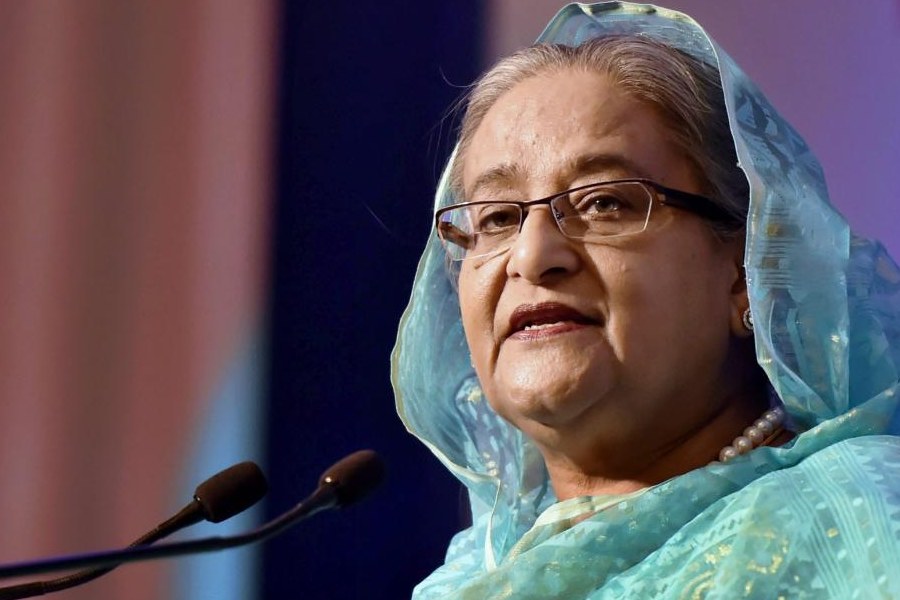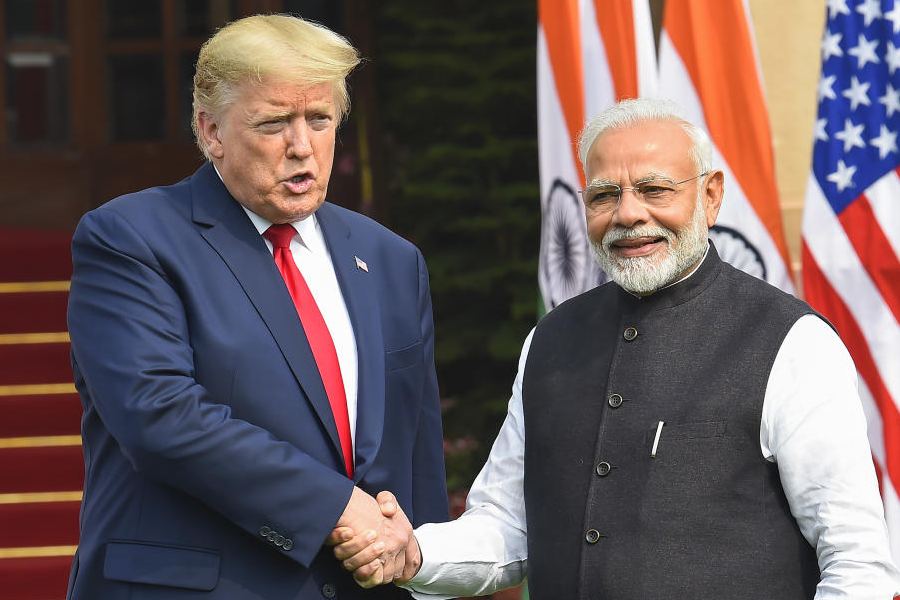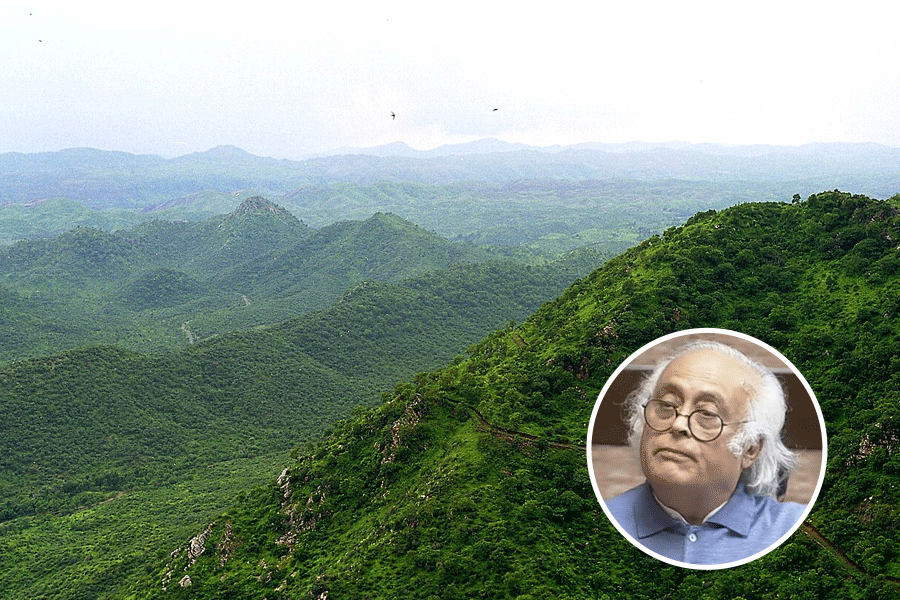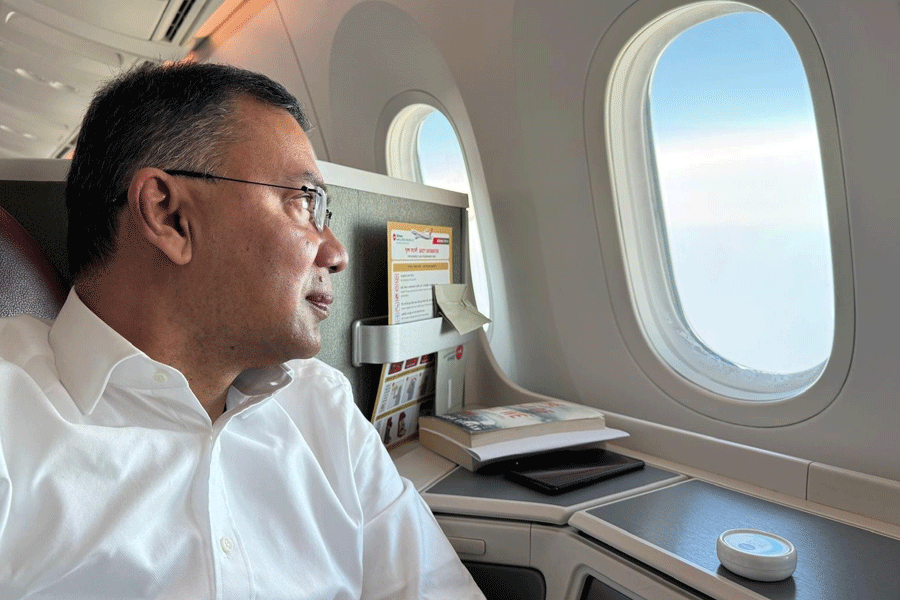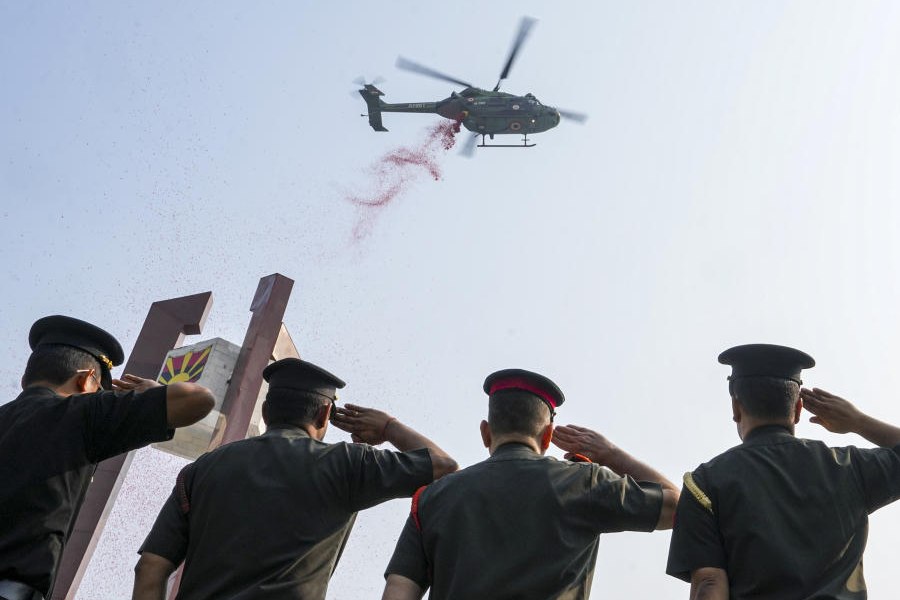 |
| Safety first: Always remember to turn off the gas from the cylinder as well as the stove |
When Bhikabai Maruti Jadhav entered her kitchen that fateful Sunday morning, she had no idea it would be her last. In a hurry to rustle up breakfast for her husband, she did not notice the acrid smell and lit a match. What followed was an explosion that engulfed both Jadhav and her daughter Alka Ramdas Shinde, 45, who was lending a hand. With 90 per cent burns, both succumbed to their injuries the same day at a Pune hospital.
Investigations revealed that the rubber tube connecting the stove to the regulator of the liquefied petroleum gas (LPG), or cooking gas, cylinder had developed a leak. Jadhav had noticed that the pipe had started to wear out but thought it would hold for some more time.
Unfortunately, it’s not just women like Jadhav who are ignorant about the safety measures that need to be taken while using LPG, caterers and cooks at eating joints too are sometimes not aware of them. In November 2008, a gas explosion ripped apart a building used by caterers in Sahapur Colony, near New Alipore. Gas leakage was also probably the reason behind the blast in McDonald’s on Park Street in 2007.
Every person getting a new gas connection is supposed to be told by the distributor how to use LPG safely. A series of cooking gas explosions in the past few months have proved that either the required lessons are not given or consumers have forgotten them. So Bharat Petroleum Corporation Ltd (BPCL) has asked its distributors to ensure that each consumer is reminded about the safety tips, and has issued an advisory elucidating the dos and don’ts.
“Time and again we issue such advisories to remind consumers about how to use cooking gas in a safe way and what needs to be done if something goes wrong,” says Nilmadhav Dasgupta, deputy general manager, LPG operation and health, safety and environment, BPCL, Mumbai. And does that ensure that all customers get to know how to use LPG correctly?
“The gas delivery boys often teach consumers how to use cooking gas in a safe way,” he reiterates.
Indian Oil Corporation (IOC), however, does not depend on its delivery boys; it invites consumers to awareness clinics regularly, claims N. Srikumar, executive director, corporate communications and branding, IOC. The clinics might be held but do all consumers — irrespective of region — benefit from it? Possibly not. “I wasn’t told about the safety measures when I first got the gas connection. Further, not only does the delivery boy never check the pipe for leakage, he has also never told us to specifically use ISI marked tubes,” says Mannu Kumari, a homemaker, who has a gas connection from Jain Gas agency, Giridih, Jharkhand.
“BPCL has 2.5 crore customers across India, so it is impossible to educate all of them. At a time we manage to educate a maximum of 50-60 lakh people. Most such awareness campaigns are held at the regional level,” says Dasgupta.
Living in a metro has its advantages. “The delivery boy always checks the pipe connection and cylinder,” says Baishakhi Mukherjee, a homemaker in Calcutta. “I too keep a tab on the pipe; if I see any cracks I immediately get it replaced.”
And what sort of pipe does she use to connect the stove to the cylinder? “The normal green tubes. We didn’t want to use the newer variety.” Therein lies the problem. Even in the city consumers are not aware that instead of the green rubber tubes they should now use the ISI-certified orange Suraksha tubes.
“Many users refuse to switch to Suraksha pipes. They need to understand that the green pipes can be gnawed by rats, which could eventually lead to a gas leakage. The Suraksha pipes, however, have a brass mesh covered with high-quality rubber. This makes it almost leak proof,” says Ruby Sarkar, an employee of J.K. Gas Services, Calcutta.
|
Manufacturers say that most accidents are due to carelessness. So here are the things you need to keep in mind to use LPG cylinders safely. Cooking gas is heavier than air. So if a cylinder leaks, the gas settles on the floor. Therefore, it’s best to keep the gas stove on a raised platform and maintain a safe distance between it and the cylinder.
LPG has a distinctive smell and if you get that pungent odour in your kitchen it means the gas is leaking. In such cases never light a match. Don’t switch on or off anything because the resultant spark can also set off an explosion. Disconnect the gas from the stove, cap it and remove it to an open space. Open all the doors and windows so that the accumulated gas can escape.
“It’s best not to have a refrigerator inside the kitchen as its thermostat automatically switches on and off. In case of a leakage, it might trigger an explosion,” says Srikumar.
Apart from the pipe, the neck or lower part of the cylinder might also leak. A neck leak, termed a bung leak, is easy to detect because of the odour of the leaking gas. And if you notice a white patch of frost (actually solidified LPG) on the lower part of the cylinder, immediately turn off the burner and contact your dealer. “Such a leak is very rare. However, if it happens, it’s best to cap the cylinder and call up the emergency number,” advises Dasgupta.
Bejon Misra, CEO of consumer rights organisation Consumer VOICE, too, feels that consumers need to handle cooking gas in a more responsible way. Most consumers, he says, are lax in exercising their rights.
“If your supplier doesn’t educate you on safety norms or the delivery boys don’t check the cylinder or pipes, lodge a complaint with the local authority,” he says. “If that doesn’t work, lodge a complaint with Jago Grahak Jago.” Jago Grahak Jago, an initiative of the Union ministry of consumer affairs to spread awareness, can be contacted at the toll-free number 1800114000 (from BSNL or MTNL landlines).
The next time you receive a gas cylinder, flip over the receipt that the delivery boy brings and ask him to do the things listed on the slip — check the pipe, cylinder, weigh it and then connect it to the stove. If he refuses to do any of them, call up the dealer and complain. But above all, be alert, ask your agent to service your stove regularly and don’t forget to replace the pipe every two years.
After all, it’s your safety that is at stake here so you have to be proactive.


